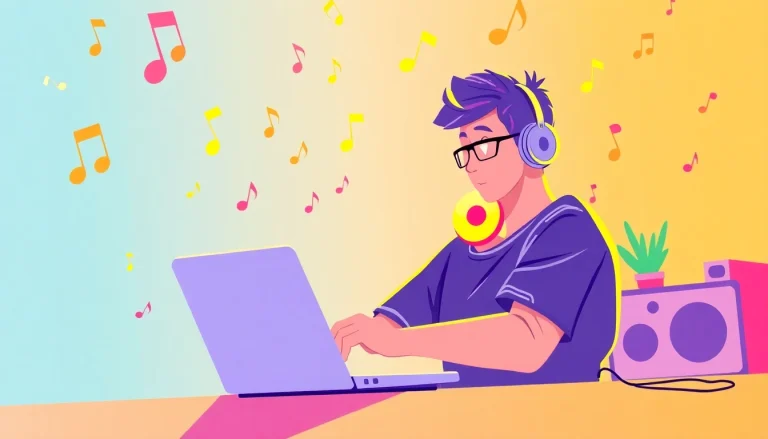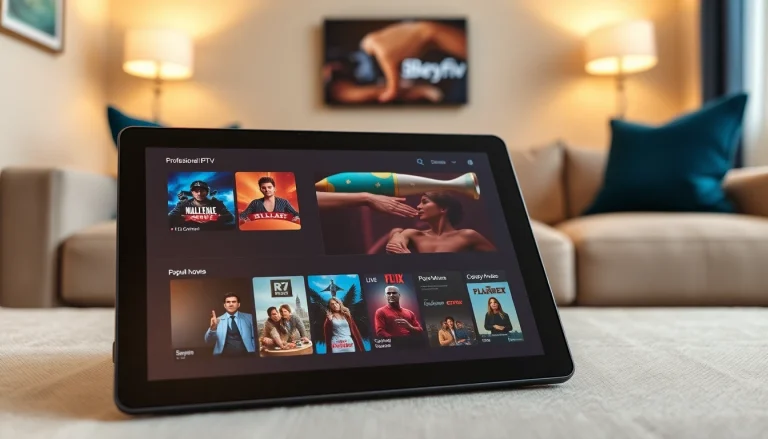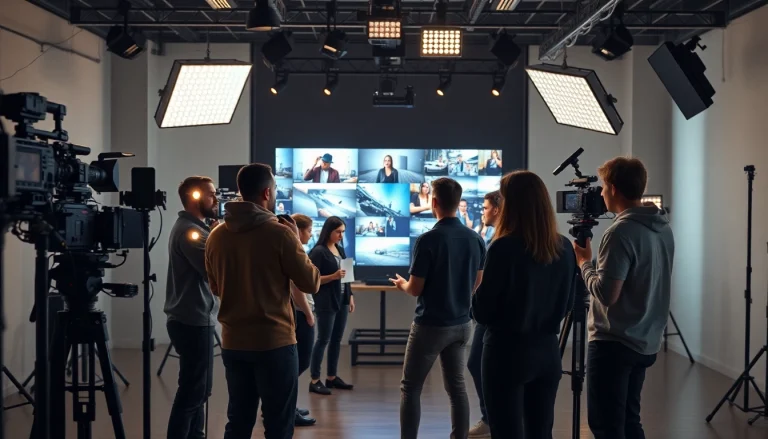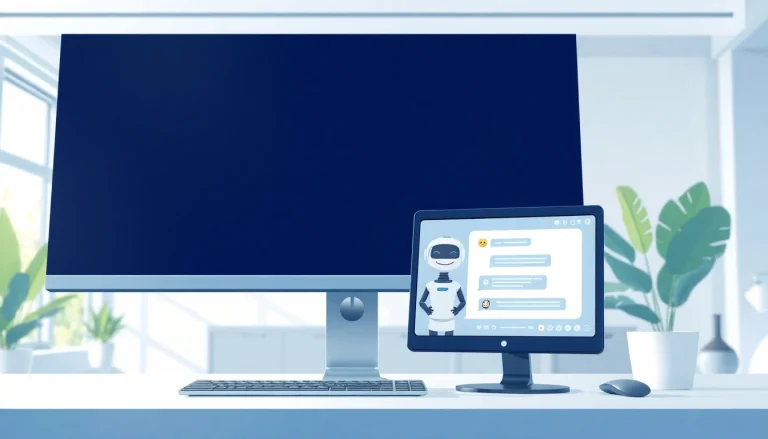
The Importance of Music Pitching
In the modern music landscape, where countless artists vie for attention amidst a sea of talent, mastering the art of music pitching is more crucial than ever. Music pitching involves the strategic process of presenting your tracks to curators, influencers, and industry professionals with the ultimate goal of gaining visibility, playlist placements, airplay, or even record deals. It’s not merely about sending your music out into the void and hoping someone takes notice; it requires a thoughtful, genuine approach to captivate the right audience.
Understanding Music Pitching
At its core, music pitching is about communication. It’s how artists convey their creativity, vision, and message through their work. Understanding the nuances behind this process can significantly impact its effectiveness. Essentially, music pitching is akin to marketing: it’s about persuading a curator or influencer that your song fits within their platform’s ethos and aesthetic. Therefore, the first step in this journey is to recognize that every pitch is a story waiting to be told, one that needs to resonate with its audience in a meaningful way.
Why Every Artist Should Pitch
Every artist has a unique voice and story that needs to be heard. However, even the most talented musicians may struggle to find the right audience without effective pitching. By pitching your music, you increase your chances of being featured on influential playlists, gaining traction on social media, and enhancing your overall visibility within the music industry. The visibility gained from a well-placed song can lead to opportunities like gig bookings, increased streaming numbers, and the establishment of a dedicated fanbase.
Common Myths About Pitching
There are several misconceptions surrounding music pitching that often deter artists from pursuing their goals:
- That pitching is reserved for established artists: Many believe that only signed artists or those with a significant following can pitch their music effectively. In reality, independent artists can also create impactful pitches that resonate.
- Pitching is only necessary once: Pitching is an ongoing process. Artists may find themselves having to pitch the same song to various curators across different platforms continually.
- It’s all about who you know: While connections can certainly help, a well-crafted pitch can open doors regardless of your network. Talent coupled with a strategic approach often outweighs a lack of industry insiders.
Essential Steps for Effective Music Pitching
Preparing Your Music for Submission
Before sending your music out, you must ensure it’s polished. This means following a few critical steps:
- Quality Production: Your track should be professionally produced and mixed. High-quality audio is non-negotiable in today’s music industry.
- Professional Artwork: Your cover art is often the first visual impression a listener has, so it should reflect the essence of your music.
- Metadata Accuracy: Accurate song metadata helps curators’ organization and makes it easier for fans to find your music.
The Art of Writing a Compelling Pitch
Now that your music is ready, the next step is to write a compelling pitch. Remember, curators receive countless submissions daily; your pitch must stand out.
- Be Concise: Keep your pitch brief yet informative. Highlight the essence of your track—what’s unique about it? Why should it be featured?
- Personal Touch: Whenever possible, personalize your pitch for the specific curator by mentioning why your music aligns with their taste or playlists.
- Include Key Details: Add information about the song’s story, inspiration, any notable collaborations, and where it might be a good fit.
Choosing the Right Platforms for Pitching
Different platforms cater to various audiences, and understanding where to pitch your music is vital:
- Streaming Services: Spotify and Apple Music have dedicated playlist curators. Research playlists that align with your genre and target them specifically.
- Music Blogs: Many blogs accept submissions from artists looking to be featured. Tailor each submission to the specific blog’s style and aesthetic.
- Social Media Influencers: Engaging with influencers on platforms like TikTok and Instagram can exponentially grow your reach. Consider creating a buzzworthy hook to pique their interest.
Best Practices for Reaching Curators and Influencers
Building Relationships in the Music Industry
Success in music pitching often hinges on relationships. Networking shouldn’t be solely about gaining something; it should be about building genuine connections with others in the industry.
- Engage Authentically: Comment and share curators’ content authentically. Building rapport can increase your chances when the time comes to pitch.
- Attend Events: Networking at music events, workshops, and conferences can create invaluable connections. Engage in conversations and follow up afterward to stay in touch.
Networking Strategies for Success
Networking extends beyond just meeting people; it’s about creating opportunities:
- Collaborate: Work with other artists or producers to expand your reach and tap into their networks. Joint efforts can elevate your pitching strategy.
- Utilize Online Platforms: Use platforms like LinkedIn, SoundCloud, or even Reddit communities to connect with professionals in the industry.
Leveraging Social Media for Pitching
Social media is a powerful tool for music promotion and pitching because it creates direct lines of communication between artists and audiences. Here are tips to utilize it effectively:
- Share Your Journey: Use platforms like Instagram and TikTok to share behind-the-scenes content. This can humanize your brand and make curators more invested in your story.
- Tag Curators: When promoting your music, tag relevant curators and influencers. This can gain their attention and encourage them to listen.
- Engage with Fans: Building a solid fan base can add credibility to your music. When you have a dedicated audience expressing interest, curators take notice.
Analyzing the Results of Your Pitching Efforts
Understanding Engagement Metrics
Once your music is pitched, monitoring how it is received is crucial. Pay attention to various metrics:
- Streams: Analyze how many streams your song gets shortly after it’s pitched. Growth can indicate audience interest.
- Playlist Adds: Keep track of any notable playlist additions. Seeing your music featured can suggest your pitch was successful.
- Social Engagement: Monitor shares, likes, and comments on social media. High engagement often indicates your music resonates with listeners.
Adjusting Your Strategy Based on Feedback
Feedback is an invaluable resource for improving your pitching strategy. If you receive constructive criticism, don’t take it personally; instead, use it as a tool for growth. Here’s how to utilize feedback effectively:
- Refine Your Pitches: If multiple curators turn down your music, reassess your pitch. Are you clearly communicating your track’s value?
- Experiment: Don’t hesitate to try different approaches in your pitches. What works for one curator may not work for another.
Tracking Your Music’s Success After Submission
Understanding your music’s trajectory post-pitch is vital for long-term success. Here’s what to track:
- The Growth of Your Fanbase: Observe if your fanbase grows after pitching your music. Curators often can cultivate new listeners.
- Engagement Trends: Look for patterns in listener engagement. Are certain songs garnering more attention than others?
- Sales and Streaming Revenue: Monitor revenue fluctuations post-pitch. Any notable increases may correlate with successful placements.
Advanced Techniques in Music Pitching
Pitching to Playlist Editors on Streaming Platforms
Many artists may not realize the direct approach possible with playlist editors. Streaming platforms like Spotify offer avenues for artists to submit directly to playlist editors. Some key tips include:
- Submit Early: Aim to submit your music at least seven days before its release. This maximizes your chances of being considered for playlist inclusion.
- Emphasize Unique Aspects: Highlight what sets your music apart in your submission. Editors receive countless pitches—your unique angle could make all the difference.
Collaborating with Other Artists for Joint Pitches
Two (or more) heads are often better than one. Collaborating with other artists introduces your music to their audiences while also creating a fresh, engaging sound:
- Joint Releases: Consider releasing a single or album together and pitch it as a collaborative effort. This adds depth to your story and potentially attracts more interest.
- Cross-Promotion: Leverage each other’s social media platforms to promote the collaboration, thus broadening both artists’ reach.
Creating a Personal Brand as a Musician
In a saturated market, having a strong personal brand can do wonders for your pitching efforts. Develop your artistic identity carefully:
- Consistency: Maintain a consistent aesthetic across all platforms—your logo, visuals, tone, and messaging should reflect your musical identity.
- Engage with Fans: Create a two-way dialogue with your audience. Their engagement can foster a loyal community around your brand, making you more appealing to curators.
- Utilize Storytelling: Share your journey, emotions, and inspirations regularly. Relatable content performs well and can enhance your music’s allure.






